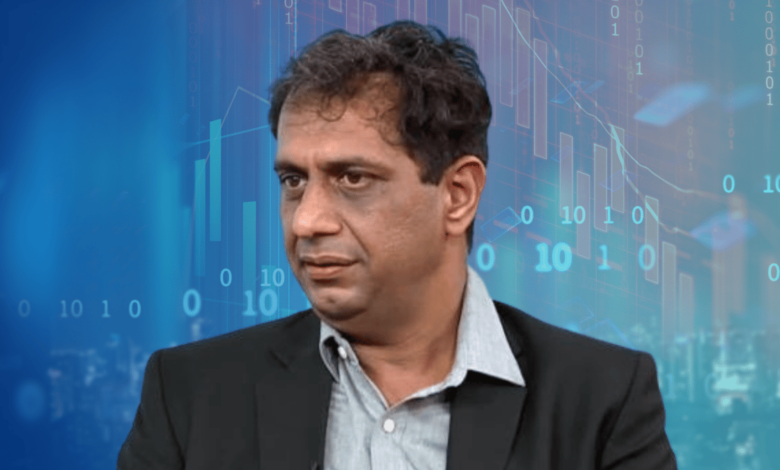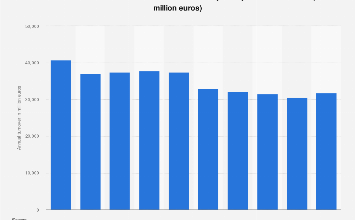Why Bandhan AMC’s Manish Gunwani Sees Telecom As An Attractive Defensive Sector

Manish Gunwani: So India, I think, is obviously relatively very strong in terms of growth. As I said, one of the key reasons for us to be positive relatively on the small-cap space is the fact that India, after 30–40 years of running current account, virtually to our mind on a structural basis zero current account, may turn positive in 3–4 years hopefully.
That, obviously will draw in a lot of capital. It need not be from FII equity. So FII equity probably is one part. But you have debt, you have FDI, you have NRIs buying real estate, you have NRIs putting in fixed deposits or whatever.
So there are various ways foreign capital will come in which is clear if you see RBI’s forex reserves, which also have been very strong given that the dollar has appreciated and US yields have gone up. So on a mark-to-market basis, the forex reserves should have not done well but they’ve done well which means their flows are quite strong.
So my point is this. One is, India will get a lot of liquidity in the medium to long term from the global capital pool. Second is that, given our base, given whatever policies are there, we should continue to grow anywhere between 5.5% and 7.5%.
I don’t think when global growth is going to be tepid, we can grow much beyond that. And our view is also that global growth is going to be tepid for the next 5–10 years, purely because of demographics and debt. Now, in that scenario, India because it is domestic-driven, not very dependent on commodities, relatively will stand out.
The other thing is, and again, this is specific to India in intensity, but I also think that it’s probably happening globally. It is that there is a reshoring that is happening in lot of industries where countries in terms of strategic industries like semiconductors or defence or various other manufacturing segments. It could be steel, it could be a lot of other things.
Countries are trying to reduce the dependence on external supply chains. This is a kind of reversal again after 25–30 years. So that is why I say that there is so much change—whether it’s technology, whether these shifts are happening in reshoring, shift away from China sourcing. So, it is unlikely that a lot of these changes will be captured in very large companies.



